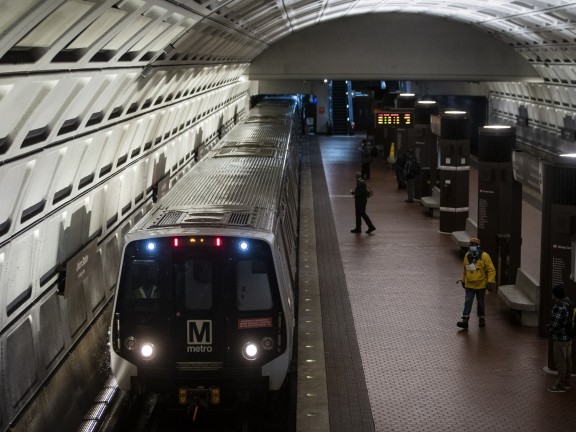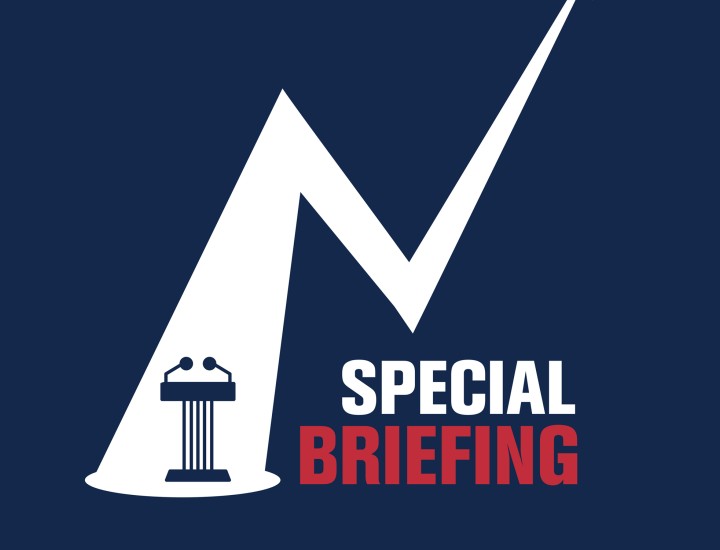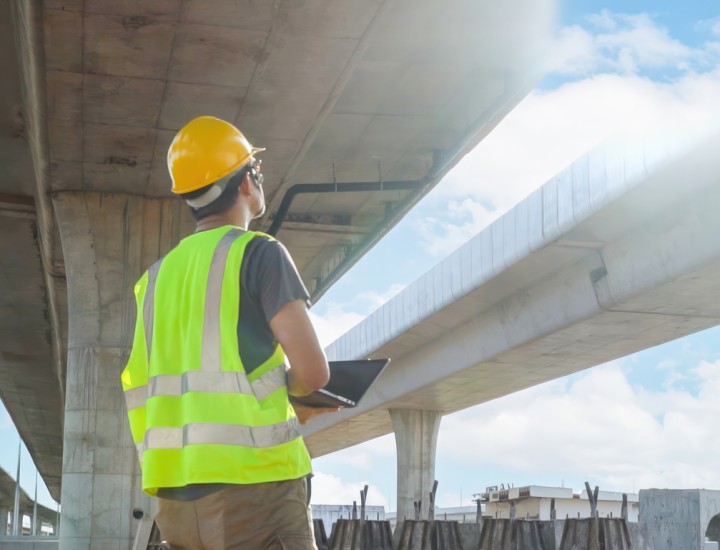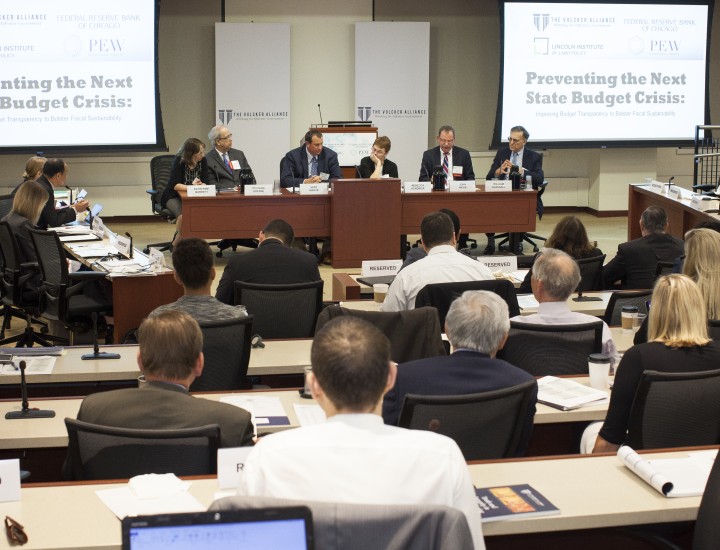COVID-19 is breeding infrastructure postponements as states, cities slash budgets

[This article was originally published in The Bond Buyer.]
Total long-term U.S. municipal bond sales through August 31 were 21% ahead of 2019, in par value terms, yet the longer-term outlook for infrastructure issuance is far less robust even with tax-exempt interest rates at their lowest level since the 1950s.
With the economic shock of the COVID-19 pandemic producing estimated state and local budget shortfalls of about $450 billion for fiscal 2020-2022, according to Moody’s Analytics data, governments from coast to coast are cutting costs by shelving current infrastructure projects, and postponing ballot measures or legislative initiatives for funding.
Congressional inability to agree on further federal stimulus aid following passage of the $2 trillion Cares Act in March means states and municipalities are unlikely to see budgetary relief that would free up dollars for infrastructure at least until after the presidential election in November.
Further such actions appear imminent. In a recent survey of almost 400 top local, state, and tribal officials by Emerging Local Government Leaders, The Atlas, SeeClickFix by CivicPlus, and the government news website Route Fifty, 94% of respondents said local budgets would be significantly impacted by pandemic-linked shortfalls.
Of those surveyed, 70% said capital spending will be affected, more than any other category. Maintenance and repairs as well as planning were also among the top areas facing cuts. With the Volcker Alliance estimating that the U.S. had run up a $1 trillion backlog of deferred infrastructure maintenance costs even before the pandemic hit, that number is certain to grow.
There are plenty of familiar names on the list of governments putting off or scrapping infrastructure work. Orange County, Florida, recently postponed and may abandon a $605 million expansion of its Orlando convention center. Mayor Jerry Demings called the shelved expansion a coronavirus “casualty,” according to the Orlando Sentinel. Akron, Ohio, meanwhile, is postponing a $6 million firehouse reconstruction plan and slashing road spending by one-third, to $7 million, leaving many residential street repaving projects for later. And across the country, Bay Area Rapid Transit (BART), which serves the San Francisco Bay Area, plans to delay $92.3 million in planned fiscal 2021 spending from its allocations program, which supports rehabilitation and other capital projects, station and access investments, and purchases of vehicles and supplies.
Among other mass-transit agencies, the Washington Metropolitan Area Transportation Authority, which runs the DC Metro, suffered a $35 million cut as Maryland slashed $120 million from the state budget. And New York’s Metropolitan Transportation Authority is threatening sweeping reductions, including postponement of the long-delayed Second Avenue Subway extension and purchases of trains, buses, and station elevators, if it fails to receive $12 billion in requested federal aid. The MTA is one of only two issuers, along with Illinois, to borrow from the Federal Reserve’s Municipal Liquidity Facility, which was set up by Congress in the Cares Act to be the lender of last resort to the muni market.
However, capital needs of the nation’s mass transit agencies alone could rapidly sap the facility’s $500 billion lending capacity if many more rushed to obtain credit before it is scheduled to close on December 31.
Infrastructure postponements, whether for new projects or maintenance, pose risks for the future long-term health of local economies as well as a shorter-term jobs recovery in a nation still plagued by unemployment over 8%. Citing Federal Highway Administration data, ARTBA figures that every $1 billion in transportation construction investment supports an average of 13,000 jobs across the economy. And some projects and borrowing will continue, especially in states and localities where taxes, tolls, or fees have been raised.
New Jersey, for example, increased New Jersey Turnpike, Garden State Parkway, and Atlantic City Expressway tolls as much as 36 percent this month and will also hike gasoline taxes 9.3 cents per gallon, to 50.7 cents, in October to comply with a 2016 law mandating minimum funding levels. The actions will help support $24 billion in projects on the toll roads as well as shore up the state Transportation Trust Fund, which supports road projects and New Jersey Transit’s rail and bus lines. Virginia and the District of Columbia also increased gas taxes this year, joining 28 other states implementing such hikes since 2013.
While record-low interest rates will continue to fuel muni issuance — especially of taxable debt bought by nontraditional municipal investors — only 55% of the total sales through August were so-called new money, down from 67% through August 2019.
After the Great Recession, real state revenues and employment took almost six years to return to their pre-recession levels, the slowest such rebound since at least 1973, according to the Urban Institute. City revenues also were slow to rebound.
With states and municipalities wary of taking on additional debt-service burdens as long as revenue remains constrained, infrastructure work, the pipeline that finances it, and the U.S. economy will probably take it on the chin.


